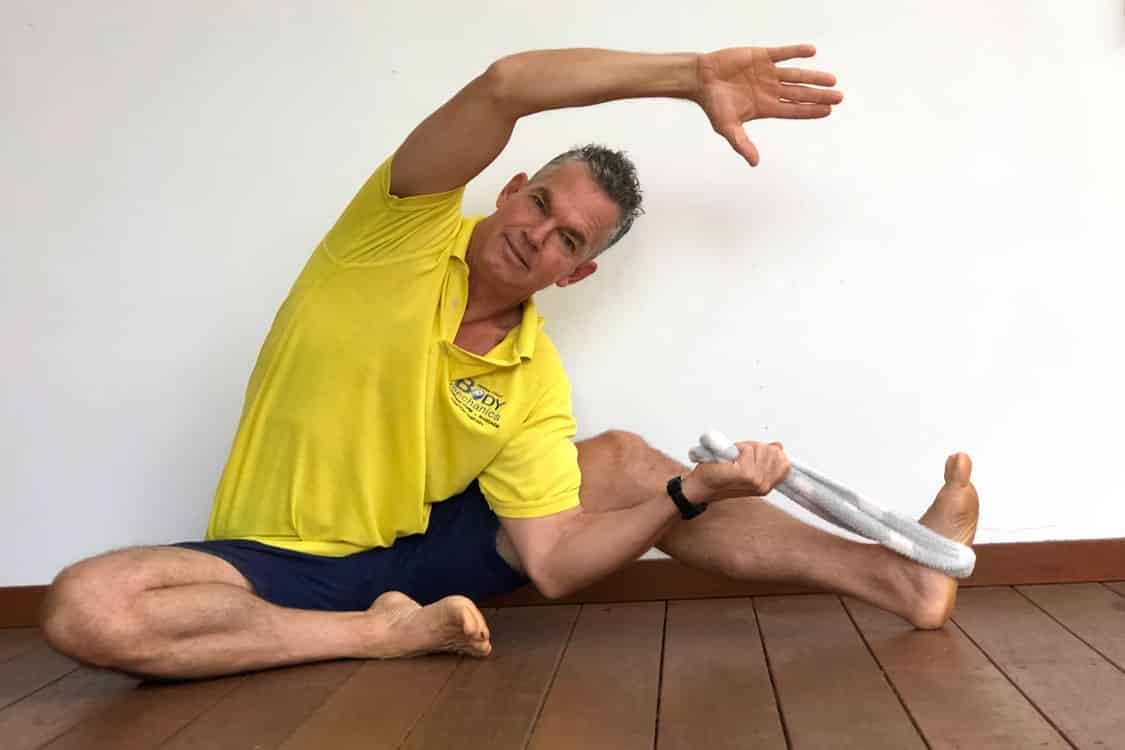Lower back pain can be caused by many different things: compressed nerves, inflammation, bulging or ruptured discs, muscle spasm, cracked or broken vertebrae, torn ligaments and more.
All of the things listed above can usually be seen on some type of scan (x-ray, CT, MRI) EXCEPT for muscle spasm.
If your lower back pain is being caused by tight muscles or muscle spasm, that’s great news because it’s often an EASY FIX.
How do you know if muscle spasm is the cause of your back pain?
Is your pain worse first thing in the morning and gets better as you warm up and get moving?
Does massage give you short term relief? Does your back feel better with heat packs or in a hot bath?
Are you unable to associating the onset of your pain with a specific incident? By that I mean, your pain came on slowly or you just woke up with it one morning?
Do you find that anti-inflammatory medication gives you little or no pain relief? Have you had back surgery but still have the pain?
If you stand or sit in one place for extended periods of time, does your back start to ache?
If you answer yes to three or more of these questions, it’s likely that your back pain is caused by muscle spasm.
So what’s the EASY FIX??
The two muscles most likely to be the cause of your lower back pain are the psoas or the quadratus lumborum. The psoas attaches to the front of the lumbar spine and runs down to the groin. The quadratus lumborum attaches to the back of the vertebral body of the lumbar spine and runs up to the ribs and down to the pelvis.
These are the two big muscles that are recruited to support the lumbar spine when the core muscles are not doing that stabilisation. This can occur because the core muscles are weak, or have been put in a compromised position (bending the wrong way), or they are overworked. (WARNING: Doing sit-ups, thinking you are strengthening your core, often aggravates the situation. I almost never recommend doing sit-ups.)
Whilst doing core strength exercises is useful to stop these two big muscles overworking, it usually won’t get rid of your pain in a hurry. It’s not unusual for me to see clients with very strong core muscles from strengthening them but still experiencing the original lower back pain.
The EASY FIX is to stretch, relax and loosen the psoas and the quadratus lumborum. My preferred method is by using a combination of stretching, massage and acupuncture to achieve this. My clients usually get around 30% improvement after their first treatment of a combination of these three modalities at my clinic. That means after three treatments, they feel about 90% better. (Please note that every person is different and 30% is a rough average from the thousands of patients I have treated over the years).

Want to try and fix it yourself?
The two stretches pictured above are designed to target the psoas and the quadratus lumborum muscles. I would, however, highly recommend that you stretch these muscles under the supervision of a trained health professional.
If you have any questions, feel free to contact us or call for an appointment on 4325 5448.

